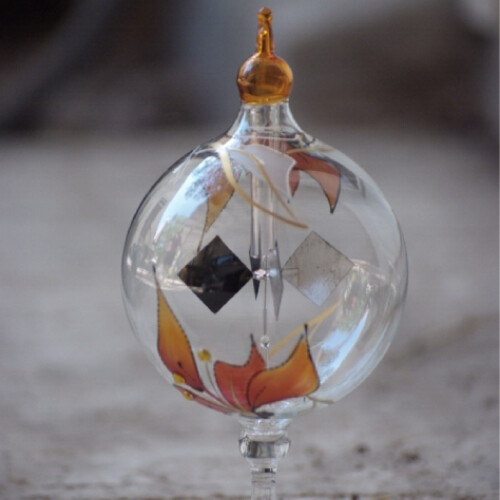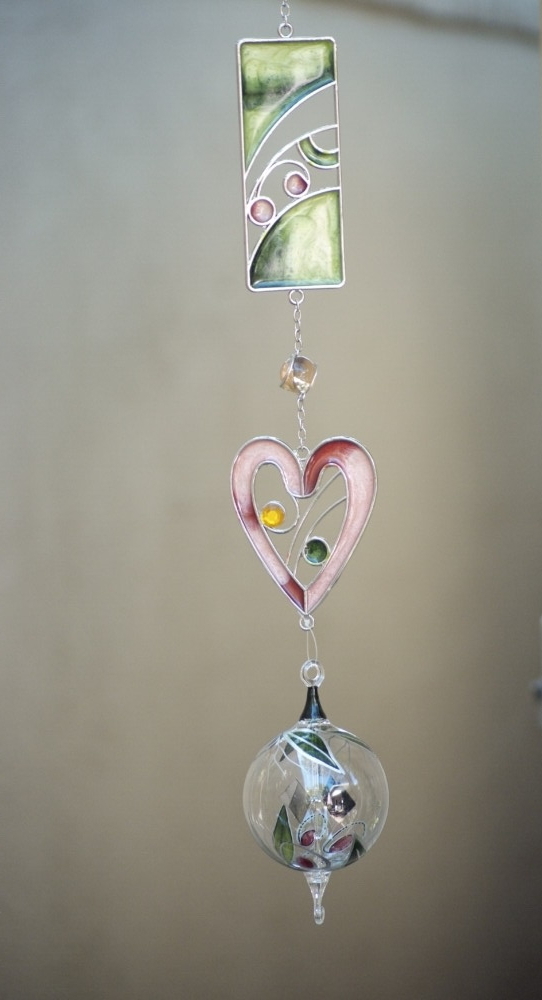LIGHT METERS
The Light Meter (or Radiometer) is an invention of English Physicist Sir William Crookes and vividly shows the conversion of light into kinetic energy.
Each Light Meter has a “solar wing-wheel.” Each “wing” has a black side and a shiny side. The black side was applied with elements that are sensitive to light. The black side absorbs much more light energy than the bright side. Because of the stronger heating of the air molecules on the black side, a higher pressure arises that leads to a rotary motion of the solar wings. When the light meter is standing or hanging in a window or otherwise exposed to light (most any light except cold neon) the rotary motion results. The more intense the light, the faster the solar wheel moves. The rotary force on the solar wing-wheel must be higher than the resistance of the air molecules around it. Therefore, when the light meter is produced, a partial vacuum is created to lessen the air molecules available. Cooling the light meter causes rotation in the opposite direction.
The Light Meter shows how light is transformed into kinetic energy. Thus, it may be called a small solar power station! Note: the solar wing-wheel does not turn if the piece is upside down.
These Light Meters are hand-blown and hand-painted in Germany.



